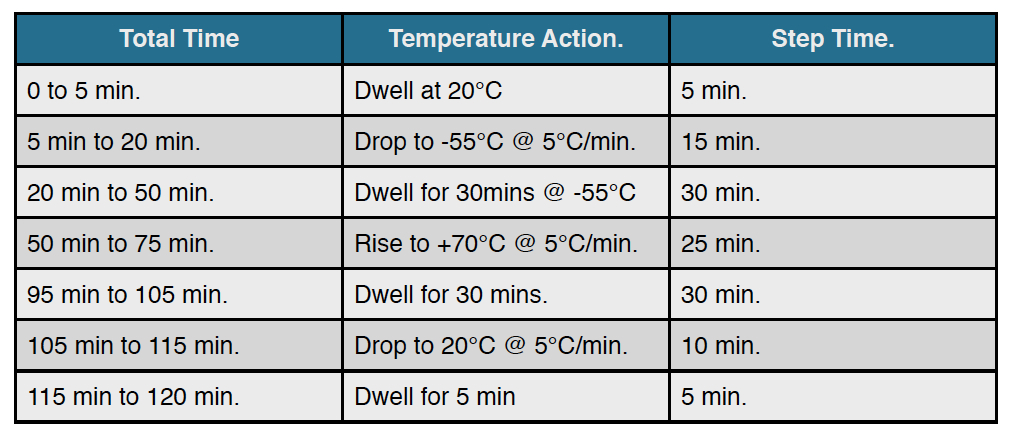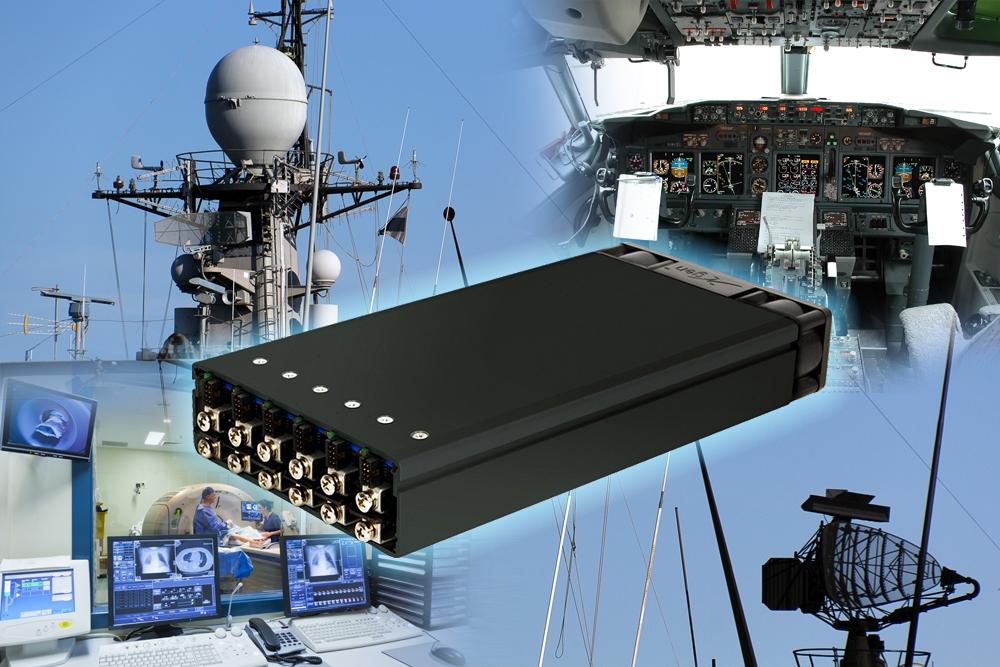MIL COTS transportation requirements
With more and more industries demanding more stringent transportation requirements, the MIL Cots standard is the dominant emerging requirement, advises Shane Callanan, Excelsys Technologies.
Even in non-military applications, end users are using the MIL-STD 801G thermal and vibration requirements as the standard of choice.
The MIL COTS 810G standard is approved for use by all departments and agencies of the Department of Defense (DoD) in the USA. Although prepared specifically for DoD applications, the standard is often tailored for commercial applications. The standard itself contain three parts
Section 1 focuses on the process of material design and test criteria to the environmental conditions that a unit is likely to encounter during its service life;
Section 2 Contains environmental laboratory test methods to be applied according to the general and specific test tailoring guidelines described in section one;
Section 3 guidance for consideration of climatic conditions in the Research, development, Test and Evaluation (RDTE) of material and materials used throughout their life cycles in various climatic regions throughout the world.
The importance of testing
The purpose of testing is to verify the product is compliant for rugged environments. If the unit makes use of conformal coating, anti-vibration compound and fixings, such as Loctite, then it is imperative that the unit under test has these additional designs onboard, otherwise it may impact on the final validity of the testing. Despite datasheet claims of conformance, it is important that key performance points to your design are tested as part of your system certification. Vibration testing will ensure that a design will comply with operating requirements for its intended environment. Vibration testing and/or subsequent analysis will significantly reduce the potential for field return costs through improved product reliability.
Adherence to Mil COTS transportation requirements is not just a question of vibration; it also needs consideration to thermal shock. This is because the effects of vibration can be amplified by thermal shock on the units, and they can and very often do experience rapid heating and cooling as part of their normal transportation experience.
Thermal shock testing
Thermal shock tests should be carried out using two thermal chambers side by side. Each chamber should be capable of thermal rates of change between 5.0 and 20°C/minute. Testing should also be carried out in a chamber that can facilitate both thermal and vibration testing simultaneously. In this way, the design can be verified as significantly robust for mil COT transportation requirements over the entire operating temperature range (see Table 1).

Table 1: Thermal profile thermal shock testing
Thermal shocking of the unit will cause the material to expand and contract at a rapid rate. Any weaknesses in the manufacturing or design will lead to either a solder joint disconnect or electrical failure.
Several units should undergo this test program, and it can be done simultaneously depending on the size of the thermal chamber. The key is to move units quickly, and not allow them to gradually heat up or cool down as the transfer is being made between the two chambers.
Robust designs
It is common practice that designers will use anti-vibration compound on heavy internal components to provide the additional mechanical support to meet the transportation vibration requirements. As long as the materials used are military-grade, anti-vibration compound, it should not be an issue. Do not be afraid to ask the vendor to confirm that they are aware of this requirement and also that these materials are suitable and acceptable to the end user.
Transportation requirements
There are many requirements within the MIL-STD 810G in relation to compliance to vibration requirement.
From a top level, it is compiled to ensure that goods that are shipped from, say a local warehouse to the point of engagement, and it covers several method of key transportation devices.
I. Common carrier (US highway truck vibration exposure).
This test will simulate a 1,000-mile journey on a highway, and is used to test suitability of road transportation.
II. Two-wheeled trailer vibration exposure
This test will simulate a 50km forward supply journey. Failure assessment will be based on fatigue of product or non-operation as a result of this test. It involved a test duration of 32 minutes/axis.
III. Composite wheeled vehicle vibration exposure.
This test is designed to simulate an 800km journey, for both paved and off road. Test time is 120mins/axis.
IV. Jet aircraft cargo vibration exposure
Cargo vibration is largely random in nature, and most significant during take off due to exhaust vibrations.
This test is applied for 100mins in each axis to simulate 100 take off cycles, using the general exposure level in the graph contained in figure 514.6C in the 810G standard.
V. Jet aircraft vibration exposure (general exposure).
General exposure levels (RMS (root mean square) = 4.02G).
Failure assessment is fatigue and non-operation.
Test time is 60 minutes/axis.
VI. Helicopter vibration exposure (general exposure).
Test simulates the vicinity of helicopter aircraft. Failure assessment is, as for V, fatigue and non-operation. The test time is also 60 minutes/ axis.
General minimum integrity exposure. Again, the failure assessment is fatigue and non-operation. Test time is 60 minutes/axis, 7.7G RMS.
Figure 1: Excelsys provides Xsolo and XF MIL COTS products that now meet CE101 and CE102 standards
For each of the above tests, acceleration spectral density profiles are detailed in the standard, along with test time and number of axis to be tested, along with duration. Best practice would be to validate three to four units against these specifications in order to verify a level of confidence.
The testing described above, although initially intended for military applications, is now be rapidly adapted as the norm for commercial applications. This is not totally unexpected as the transportation demands on even commercial products can overlap with those of typically much harsher end user environments.
Ensure that a power supply vendor has a good understanding of these requirements, and if required, provide a solution to meet these needs. Without these precautions, transporting units from manufacturing to source, could result in unequivocal and catastrophic damage before the part is ever deployed in the field.








